What Digs In My Garden For Warms
There are good and bad worms, here's how to handle both for a thriving garden.
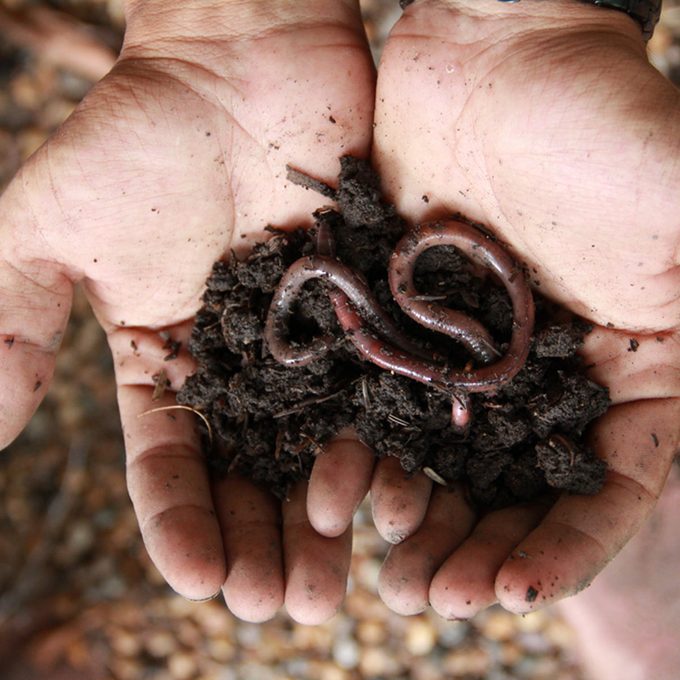 Mama Belle Love kids/Shutterstock
Mama Belle Love kids/Shutterstock
The word "worm" might not dig up the most pleasant image or feeling, but not all worms are created equal, and gardeners should take note.
Never started a garden before? Here's what you need to know.
Different types of worms live in soil, with various effects. Corn earworms, tomato hornworms, cutworms and cabbage loopers are a part of the dirty dozen of bad bugs that eat or suck the juices out of your backyard plants, and because they go from plant to plant, they can also spread diseases.
If you're looking for some backyard hacks, check out these tips for easier gardening.
Meanwhile, nightcrawlers, which are large earthworms, are incredible for your garden, as they aerate the soil and convert dead plant matter into nutrient-rich super soil. Red wigglers are another variety of earthworm that are beneficial to your prized plants, serving as the ideal composting bug—ingesting food scraps and other organic waste at a rapid pace.
Are you a frugal gardener? Here are 10 ways to save money in your home garden.
Keeping the "bad guys" away is a matter of first being sure to keep an eye out for garden worms regularly, then employing beneficial insects, like green lacewings, minute pirate bugs and damsel bugs. You can also use a spray with the ingredient spinosad, like Monterey Garden Insect Spray.
To introduce the "good guys," you'll want to wait until spring when the soil is warm, and then sprinkle one to two pounds of cornmeal over about 18 square feet of your garden, ensuring there is a noticeable dusting that covers the surface of the soil.
If you've been on the fence about creating garden bed edging, here's some advice to win you over.
Use a shovel to mix the cornmeal into the top three inches of your soil, and then water the area until it is just moist. Having soil that is too wet will actually work against your hard work, merely drowning out the garden worms instead of helping them stay alive and thrive.
If your garden needs a little life, check out these 49 colorful plants to brighten up your landscape.
Waiting for the earthworms to do their thing is going to be like watching paint dry, so give it time! After about 30 days, your garden should produce enough bacteria to attract garden worms. At this time, add one to two pounds of cornmeal about every two weeks, checking every so often for earthworm activity.
Another great option is to add organic material such as manure or compost to your garden, which garden worms will seek out from near and far. The organic material also adds its own nutrients and moisture to your soil. It's a win-win!
Worms are great in compost too but do you know these 12 tips for successful spring composting
 Alison Hancock/Shutterstock
Alison Hancock/Shutterstock
Location, Location, Location
When choosing a location for your compost bin, look for a spot in the yard that is not in the full sun or underneath or near large trees. Also, avoid putting your compost bin near a wood shed or a fence, since you want good air circulation to encourage decomposition.
 Victoria 1/Shutterstock
Victoria 1/Shutterstock
Collect the Right Scraps
Collect everything from vegetable and fruit peels, coffee grounds, shredded paper towels and eggshells. Keep a covered container in your kitchen to help collect these scraps. The cover will help cut down on odors. When the container is full (or if it starts to smell or attract flies) empty it into your outdoor compost bin.
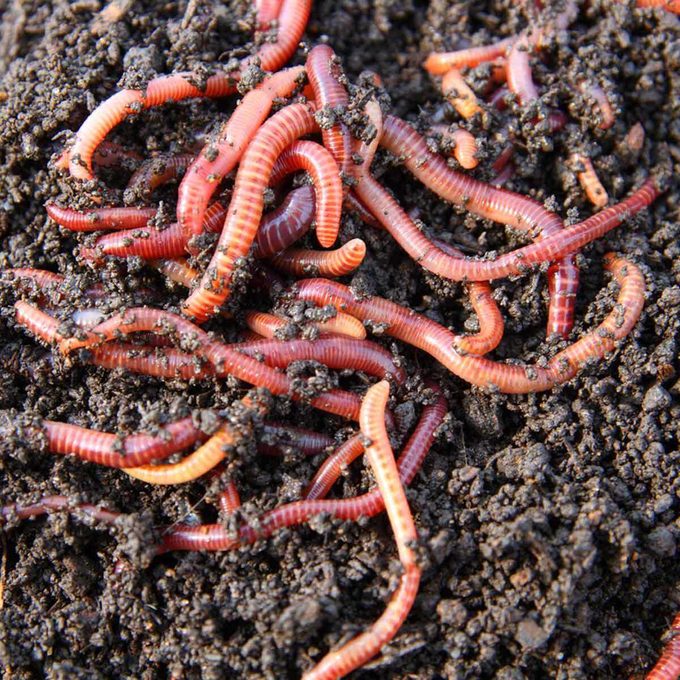 Kokhanchikov/Shutterstock
Kokhanchikov/Shutterstock
Worms Can Help
Known as vermicomposting, worms love to eat kitchen waste and will help turn your scraps into a rich compost. Vermicomposting is a great way to keep your compost going year-round so it's ready for spring gardening. Vermicomposting can be done in DIY compost bins and in plastic storage container bins.
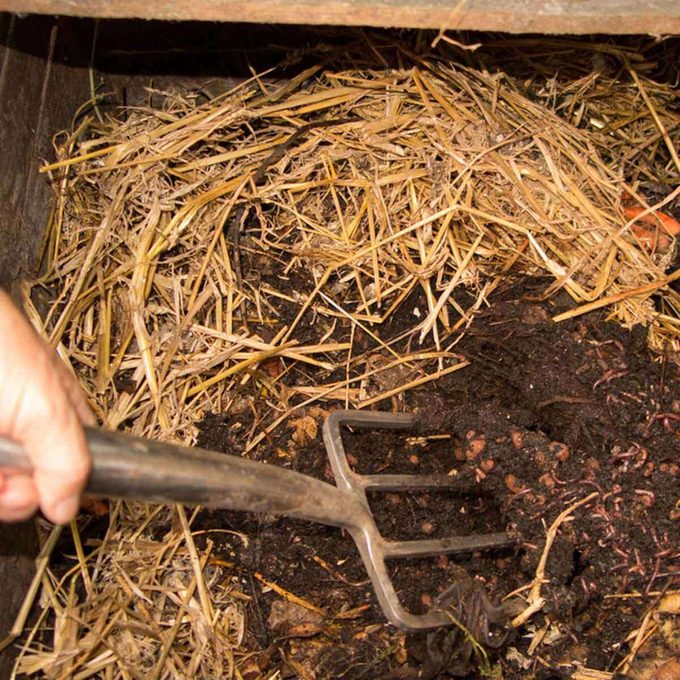 Alison Hancock/Shutterstock
Alison Hancock/Shutterstock
Compost Too Wet?
If you find your compost is too wet, add some dry material and cover it. Use "brown" materials such as strips of newspaper and dry grass clippings or straw to help absorb the moisture. You can also add dried leaves to help cut down on moisture.
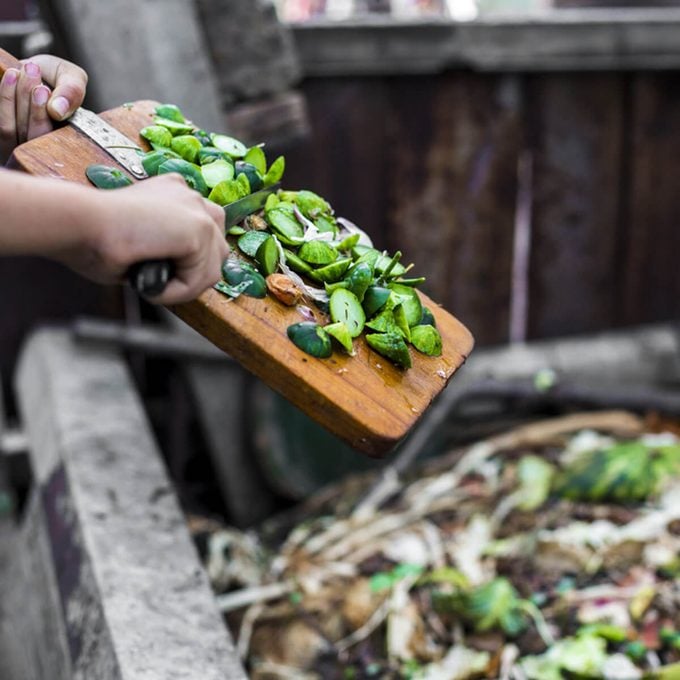 imray/Shutterstock
imray/Shutterstock
Compost Too Dry?
Add green material if your compost is too dry. Fruit and vegetable scraps and green grass clippings will help add moisture to your compost because they contain nitrogen. Just be sure not to add weeds, as they can reappear once the compost is added to the garden.
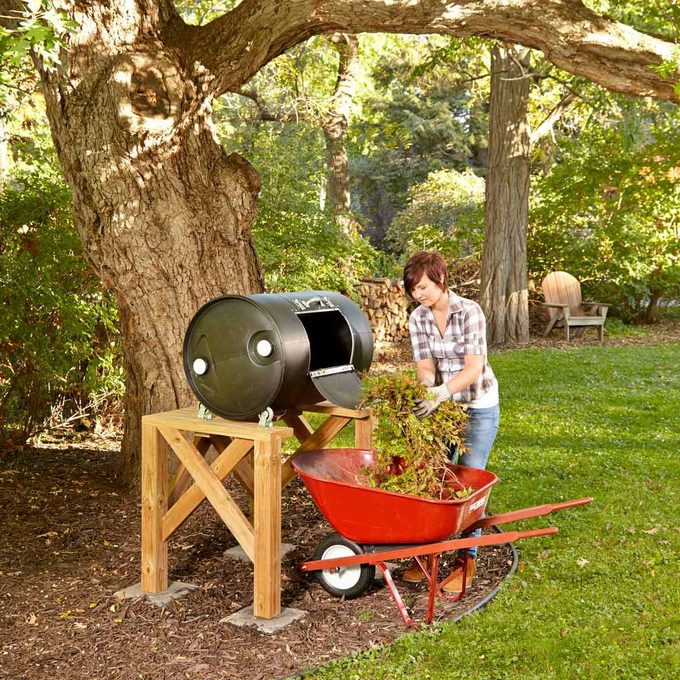
Consider a Tumbler
A barrel tumbler will convert waste to compost much faster than stationary bins since it allows you to churn to aerate what's inside. You can build your own compost barrel tumbler in just one day.
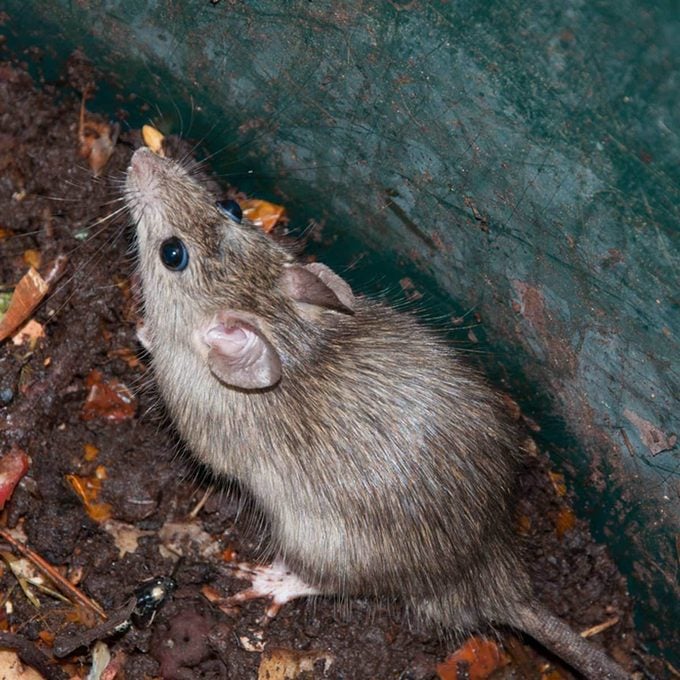 Lorenzo Sala/Shutterstock
Lorenzo Sala/Shutterstock
Protect Against Animals
There's a good chance you have some pesky animals near your home, whether they're squirrels, mice and rats or raccoons. You can limit animal visits to your compost by turning it frequently and keeping a good green to brown ratio (wet material to dry material). Also, make sure to keep meat and any leftovers with oil and dairy out of your compost bin.
 Sergey Kotov/Shutterstock
Sergey Kotov/Shutterstock
Keep Insects Under Control
You will have some bugs in your compost pile, but all those scraps can become a breeding ground for unwanted insects. Some flies and beetles are common, but if bugs get out of hand, increase brown material and try turning the compost more frequently. You can also bury new food waste under the compost to discourage bugs.
 Gabor Havasi/Shutterstock
Gabor Havasi/Shutterstock
The Smell Test
Your compost should smell "earthy," not foul. While the point of composting is to generate good bacteria to help your plants and flowers, if your compost smells bad it could mean you're growing the wrong kind of bacteria. If your compost produces a foul smell, try increasing brown matter and turning it more frequently. Also, make sure you aren't adding meats, fats or dairy.
 sylv1rob1/Shutterstock
sylv1rob1/Shutterstock
Is There Enough Heat?
Keeping enough heat in your compost can be a problem when it comes to winter and early spring composting. If the material isn't breaking down in your compost bin, it may not have enough heat. Try adding more moisture and turning it more often. You can also use a tarp to cover the compost and attract heat, just make sure the pile doesn't surpass a temperature of about 170 degrees, as that's when the heat can start to kill off beneficial microorganisms.
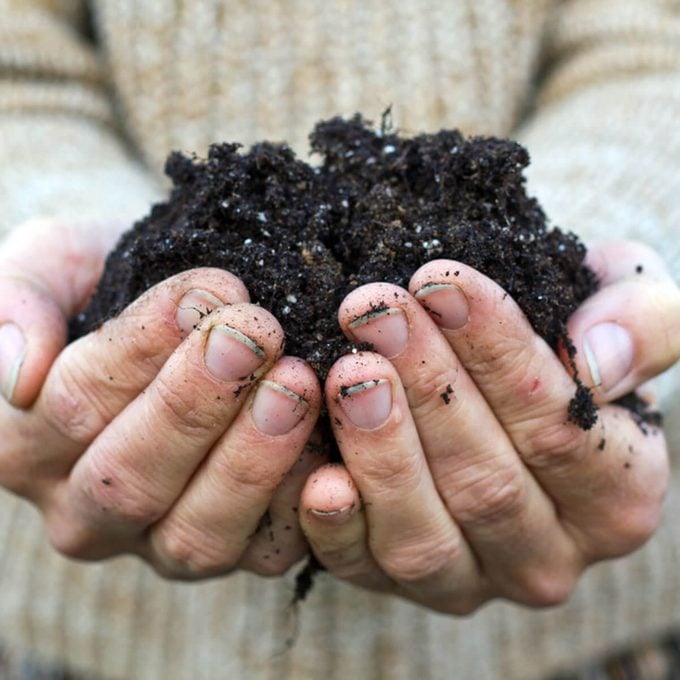 Cora Mueller/Shutterstock
Cora Mueller/Shutterstock
Prepare for Planting
Finished compost should be dark in color and will be crumbly, like soil. If you started your seeds indoors this winter, apply a finished layer of compost to your garden before planting.
 stockphoto mania/Shutterstock
stockphoto mania/Shutterstock
Mix With Topsoil
After planting this spring, mix some topsoil with finished compost to top-dress your vegetable garden and flower beds. When used this way, the composting material will supply nutrients to the plant roots, while also acting as a mulch to protect soil from heavy rains and extreme temperatures.
What Digs In My Garden For Warms
Source: https://www.familyhandyman.com/article/how-to-attract-worms-to-your-garden/
Posted by: grandepoved1950.blogspot.com

0 Response to "What Digs In My Garden For Warms"
Post a Comment